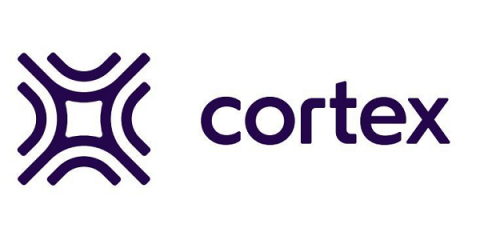24 Agile metrics to track in 2024 | What, Why, and How
Agile metrics are key performance indicators (KPIs) that help measure, evaluate, and optimize the efficiency of Agile software development practices, processes, and outputs. They provide visibility into how well Agile teams are delivering value, enabling data-driven decisions, and fostering continuous improvement. Agile metrics sit under the broader umbrella of software engineering metrics, which track code quality, system performance, release velocity, and more.











